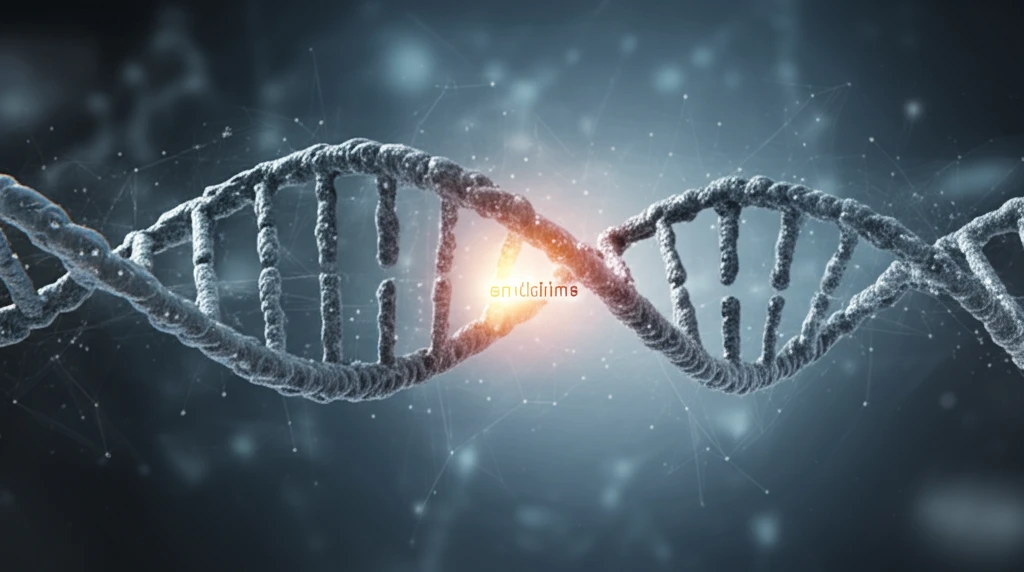
Decoding DNA Breathing: How Methylation Impacts Genetic Stability
"Unlock the secrets of DNA dynamics and explore the surprising effects of N1-methylation on genetic structure and function. Learn how these findings could revolutionize our understanding of DNA repair and disease."
DNA, the blueprint of life, isn't as static as we once thought. It undergoes constant, dynamic fluctuations, a process known as "DNA breathing." This breathing involves the temporary opening and closing of the double helix, allowing access for proteins involved in replication, repair, and gene expression. Understanding these dynamic movements is crucial for deciphering the complex mechanisms that govern our genetic code.
Among the factors influencing DNA breathing, chemical modifications like methylation play a significant role. Methylation, the addition of a methyl group to a DNA base, can alter DNA structure and its interactions with proteins. N1-methylation of adenine, a specific type of DNA modification, has been implicated in various biological processes, including DNA repair and carcinogenesis. Scientists are now investigating just how this tiny modification can cause such big changes.
Recent research published in the Journal of Chemical Theory and Computation has shed new light on how N1-methylation affects DNA breathing. By employing advanced computational methods, scientists have created a detailed picture of the structural and energetic changes induced by this modification. This article translates that complex research into easily understandable insights, emphasizing its implications for understanding DNA dynamics and its role in disease.
How Does N1-Methylation Impact DNA's Watson-Crick/Hoogsteen 'Breathing'?

The research focuses on the transition between two key base-pairing configurations: Watson-Crick (WC) and Hoogsteen (HG). Watson-Crick pairing is the standard, well-known arrangement where adenine (A) pairs with thymine (T), and guanine (G) pairs with cytosine (C). Hoogsteen pairing, on the other hand, is an alternative configuration that can occur under certain conditions. It involves a different set of hydrogen bonds and alters the shape of the DNA double helix. The dynamic shift between WC and HG base pairs influences how proteins interact with DNA.
- Shifted Equilibrium: N1-methylation significantly promotes Hoogsteen base pairing over Watson-Crick.
- Distorted Watson-Crick: When adenine is methylated, the typical Watson-Crick pairing is disrupted, leading to the emergence of distorted WC-like structures.
- Dynamic Pathways: The transition between these distorted WC structures and the Hoogsteen configuration involves multiple pathways, each with its own energy barrier.
Unlocking New Insights into DNA Dynamics
This research provides a crucial piece of the puzzle for understanding the dynamic nature of DNA and how subtle chemical modifications can influence its behavior. By demonstrating the impact of N1-methylation on the Watson-Crick/Hoogsteen equilibrium, scientists have opened new avenues for exploring DNA repair mechanisms, disease development, and personalized medicine. Further exploration could one day allow personalized treatment.
